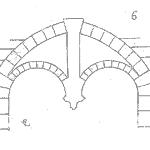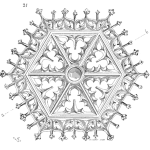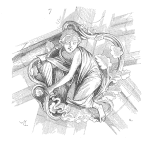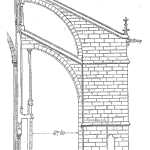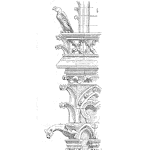
Physics-of-Failure warns us to keep the sum of all static and cyclic loads on a part’s microstructure below its fatigue stress limit.
The image below shows two example metal fatigue limit failure curves. These curves were determined based on controlled laboratory experiments. These experiments use a machine with a fixed load to test the selected piece’s microstructure stress levels. Curve A shows that at a high stress level, close to the Ultimate Tensile Strength of steel, the test piece failed after 10,000 cycles. As the fatigue stress level is reduced, the test piece lasts longer. When the imposed stress is limited to around 50% of the UTS, the cycles to failure had no measurable limit. On the other hand, Curve B shows that at all levels of fatigue stress the component would eventually fail. However, the same outcome can be seen, that as stress reduces the service lifetime before failure increases.
[Read more…]